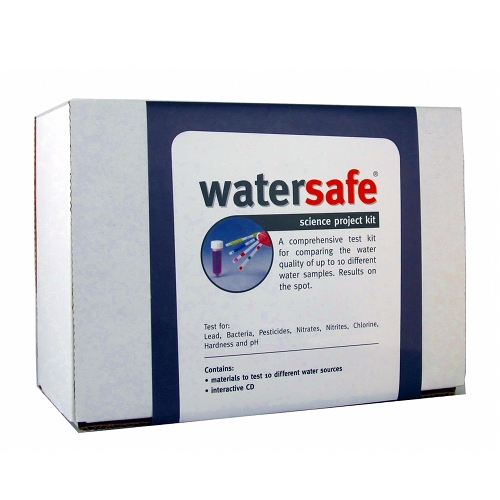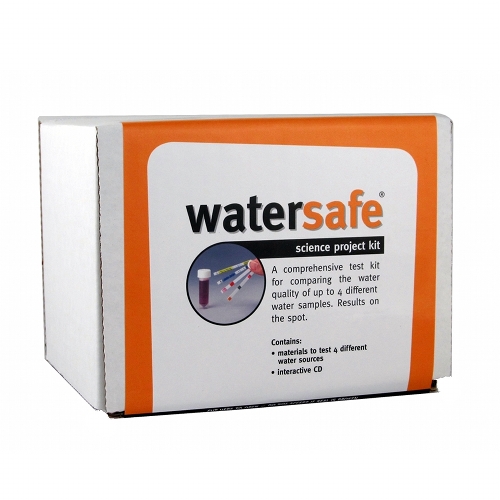Every year at this time we get HAMMERED with requests not only for water test strips for use in science fair projects, but also for water testing ideas that kids (and sometimes adults!) could use for science fair projects.
We still love watching the volcanoes that spew foamy liquids as a result of an acid-base reaction (we assume), but hey… this world does not exist to please us, and neither do Science Fairs — thankfully! 😉
|
|
So, without further ado, we will now reveal a few of the off-the-cuff science fair project ideas involving water testing that we tossed out to folks over the years. Please hold you laughter until the end.
- Can you ‘safely’ drink collected rainwater? — After a lengthy disclaimer (no taste testing!) we proposed the idea of testing rainwater collected in the same, controlled manner at various points during the year to see what sort of bacteria levels each downpour contained. We hypothesized that in warmer months one would find more bacteria in the air, and therefore possibly also in the rainwater…
- Do plants impart pH? — Admittedly, this idea came to us after a long evening of pizza, hot wings, and beers… but nevertheless, we realized (probably because none of us possessed or now possess a degree in botany or a related field of study) that none of us really knew if the pH of water droplets sitting on the leaves, stems and stalks of trees, plants, bushes, shrubs, etc. after a rain shower would be different depending upon the plant they landed on…
- pH of ashes? — Those who know us know far too well that we love getting a group together for a good fire in the evening. It just so happened that one night the topic of ‘what wood is the best wood to burn?’ came up and that naturally resulted in the question of ‘what pH would the ashes of each wood have?’.
How would one test that? We hypothesized that measuring the pH of ashes (separately dissolved in distilled water) obtained from the controlled burnings of very small pieces of different types of wood may give the answer. Adult supervision and planning definitely required!!!
- Pool temperature vs. outdoor temperature? — Obviously don’t use a heated pool for this one OR a pool frequented by young children and/or irresponsible adults. If we have to explain that last part, please move on to the next bullet point.
Track the pool water’s temperature over a period of time and also note the outdoor temperature at the same time. One could also use a lake, pond, or other relatively stable body of water we would guess…
|
|
- Teach ’em about well water — What better way to get more homeowners to test their well water than to tell them it needs to happen so their child can get an ‘A’ in Science this quarter/semester/year/whatever, right? In this instance the testing serves THREE purposes: 1) Helping to protect the health of the child; 2) Helping to protect the health of the rest of the household; 3) Helping to earn the child a good grade so he or she can get into college, get a great job, and figure out how to solve the world’s (impending) Clean Drinking Water Crisis…
We have served up many, many more interesting ideas over the years but for now we will stop the list… so we can restart it at a later time when we don’t feel like writing about anything too serious. 🙂
Need a Science Fair Project right now?
OK, so we bored you with our strange water test project ideas and now you still need a water testing project for immediate use… because your children, like all of our own, failed to tell us about the upcoming Science Fair until one week (or less!) before the upcoming Science Fair.
For times like these we suggest looking at either the WaterWorks Science Project Kit (4-Pack) or the WaterWorks Science Project Kit (10-Pack).
Both will allow for the testing of multiple water sources for all the same parameters… which then creates an opportunity to 1) Compare results of the tests; 2) Contrast results of the tests; and most importantly 3) Speculate on the reasoning behind any differences or similarities uncovered/discovered as a result of the testing.
Good luck, students (and parents!).






